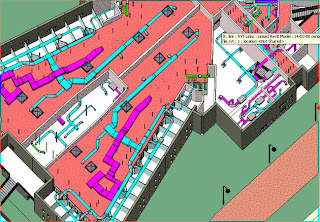Revit is a powerful and efficient architectural design and documentation software, developed by Autodesk Corp.
The Revit family creation services aim at creating basic parametric families such as equipments and furniture etc.
Family creation includes modifying the different families in order to enhance the graphic quality of the project models.

Following Steps to Choose Revit Family Creation Services:
Revit is one of the most successful software being implemented in the various building information modeling projects. All the elements in Revit software are family based and each element is of different shape, size and parametric variables.
The Revit family creation services aim at creating basic parametric families such as equipments and furniture etc.
Family creation includes modifying the different families in order to enhance the graphic quality of the project models.

Following Steps to Choose Revit Family Creation Services:
- • Selection of the family template
• Planning of the parameters
• Creation of the model geometry
• Assigning of the object subcategories, as per need
• Set up of the visibility rules
• Creation of family types
Revit is one of the most successful software being implemented in the various building information modeling projects. All the elements in Revit software are family based and each element is of different shape, size and parametric variables.
The families can also be called as the internal data structure of the Revit software.
Here Three Types of Families Namely The System Families.
System families: The system families are managed by the internal database of the software. Users cannot create or delete any of the elements of system families. The basic elements such as the views, texts, dimensions etc. belong to the system families.
The various geometrical objects such as ducts, pipes etc. are also included in the system families. The elements of the system families cannot be shared between projects.
Component families: The component families can be developed. In the so called Revit family creation services, the component families are being created. Users can customize the elements of the component families as per the specific needs of the project.
Upon creation, these components are stored in the external libraries of the software. The examples of component families include fixtures, fittings and devices etc.
In-place families: The in-place families are custom geometries that are not meant to be reused or shared between any projects.
Each Revit architecture family is associated with two varieties of parameters. One is the type parameter and another one is instance parameter.
The type parameter holds the common information about an element in the family. On the other hand, the instance parameters are associated with specific instances of the element, which are created by the user.
Each Revit architecture family is associated with two varieties of parameters. One is the type parameter and another one is instance parameter.
The type parameter holds the common information about an element in the family. On the other hand, the instance parameters are associated with specific instances of the element, which are created by the user.






0 comments: